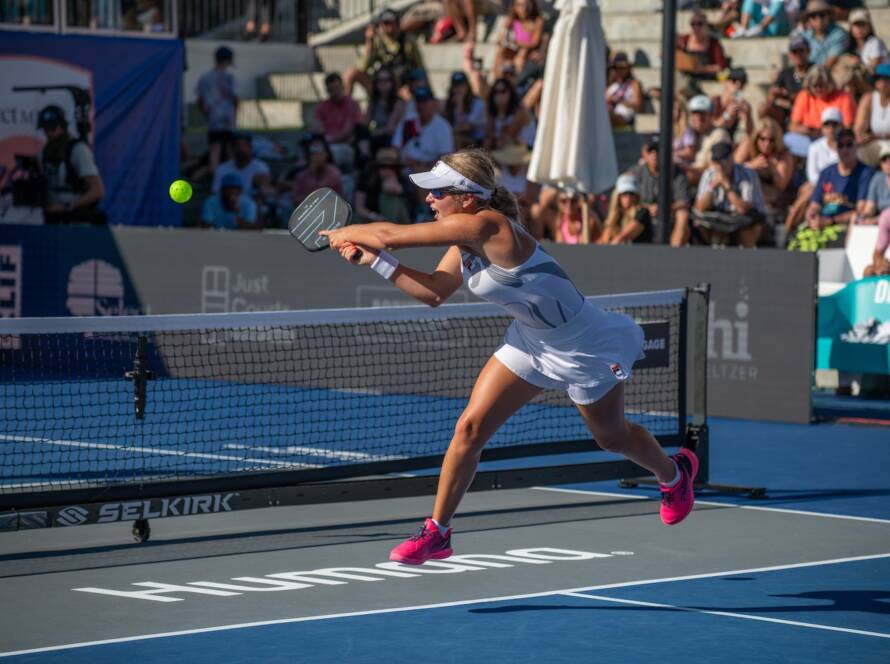Mastering pickleball double rules can be the difference between casual rallies and competitive victory on the court. As this fast-growing sport continues to capture hearts across the nation, understanding the nuances of doubles play has become essential for players of all skill levels. Whether you’re puzzling over the two-bounce rule or trying to perfect your serving sequence, the unique dynamics of pickleball doubles present both exciting opportunities and important challenges. From strategic court positioning to the intricate dance of partner coordination, these rules aren’t just guidelines—they’re the foundation of what makes doubles pickleball such an engaging and strategic game. Let’s dive into everything you need to know about pickleball double rules to elevate your game and ensure you’re playing by the book.
Mastering Pickleball Double Rules: A Complete Guide
Pickleball doubles has become increasingly popular, combining elements of tennis, badminton, and table tennis. Understanding the official rules is crucial for both recreational and competitive play.
The Fundamentals of Pickleball Doubles
Pickleball doubles is played on a 20′ x 44′ court with two teams of two players each. The game uses a unique scoring system where only the serving team can score points, with games typically played to 11 points (win by 2).
Court Layout and Positioning
- Right and left service courts
- Non-volley zone (kitchen) extending 7 feet from the net
- Baseline serving area
- Sidelines marking court boundaries
Essential Serving Rules in Doubles
All serves must be performed underhand, with the paddle contact point below the server’s waist. The serving team must:
- Serve diagonally across court
- Keep both feet behind the baseline
- Call out the complete score before each serve
- Alternate servers within the team when required
Server Positions and Rotation
- First server designated as “Server #1”
- Partner designated as “Server #2”
- Teams switch server positions only after winning points
The Double Bounce Rule Explained
The double bounce rule, also known as the two-bounce rule, requires that:
- The serve must bounce in the receiver’s court
- The return must bounce in the server’s court
- After these two bounces, volleys are permitted
This fundamental rule prevents immediate aggressive net play and promotes extended rallies.
Non-Volley Zone (NVZ) Regulations
The NVZ, commonly called “the kitchen,” has specific rules:
- No volleys while standing in or touching the NVZ
- Players can enter the NVZ to play bounced balls
- Momentum cannot carry players into the NVZ after a volley
Common NVZ Violations
- Stepping on the NVZ line during a volley
- Following through into the NVZ after volleying
- Partner touching NVZ during teammate’s volley
Scoring System in Doubles
The scoring format follows a specific pattern:
- Server score
- Receiver score
- Server number (1 or 2)
Example: “4-2-1” means serving team has 4 points, receiving team has 2 points, and server #1 is serving.
Advanced Doubles Strategies
Third Shot Techniques
- Drop shots to neutralize net advantage
- Strategic drives to push opponents back
- Lobs to create offensive opportunities
Partner Communication
- Clear calling of shots and positions
- Signaling serve intentions
- Coordinating court coverage
Frequently Asked Questions
What happens when both servers fault?
When both players on the serving team commit faults, service possession transfers to the opposing team.
Can you step into the kitchen after a volley?
No, momentum from the volley cannot carry you into the non-volley zone.
How do you rotate positions in doubles?
Players rotate positions only when their team wins back serve from the opposing team.
Want to improve your pickleball doubles game? Join us at Pickleball Athletic Club for expert instruction and competitive play. Contact us to schedule your first session.


